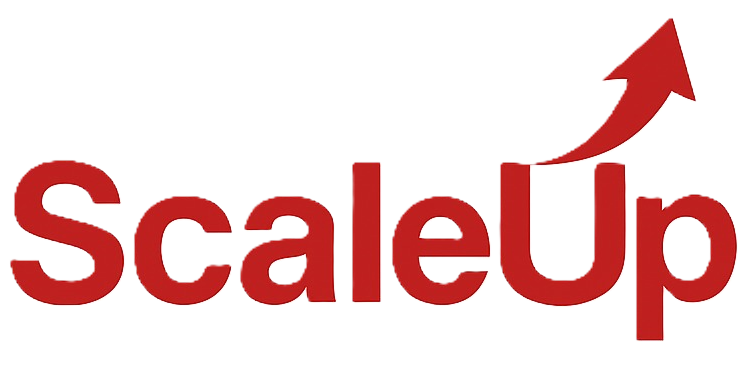How Data Science is Powering Smarter Career Guidance for Students
Introduction
Choosing a career path is one of the biggest decisions in a student’s life, but it’s often not an easy one. Many students feel lost, unsure about what jobs to pursue or whether their chosen field will even be relevant in the future. That’s where data science comes in to help.
By analyzing things like student interests, academic performance, and job market trends, data-driven career guidance tools are making career planning smarter, more personalized, and ready for the future. Gone are the days of broad advice like “become a doctor or engineer.” Now, data science helps students find careers that match their strengths and align with real-world job opportunities.
Personalized Career Mapping with AI
Moving Beyond Old-School Tests
Traditional aptitude tests offered a glimpse into a student’s skills, but they often didn’t connect with the real world. Today, data science combines multiple sources of data to provide more dynamic, evidence-backed career advice.
Example: Univariety’s AI Career Guidance Platform
Univariety’s platform uses machine learning to analyze a student’s academic records, extracurricular activities, personality traits, and even their parents’ preferences to suggest career paths that match.
How It Works:
- Behavioral Analysis: Looks at learning styles, interests, and subject performance.
- AI Recommendation Systems: Suggests careers that align with the student’s strengths and market demand.
- Psychometric Data Modeling: Builds a career personality profile based on the student’s responses.
Why It Matters:
Students get practical, data-backed advice, which helps them feel more confident in their career choices and make better long-term decisions.
Real-Time Job Market Analysis for Future-Proof Careers
Aligning Education with Market Demand
Data science can scan thousands of job listings, salary trends, and skill requirements to identify what’s in demand right now and what’s slowly fading away.
Example: LinkedIn’s Career Explorer Tool
LinkedIn’s Career Explorer helps users discover new career options based on their current skills and shows them what additional skills they need to transition into higher-demand roles.
Techniques Involved:
- Natural Language Processing (NLP): Analyzes job trends from listings and resumes.
- Clustering Algorithms: Groups similar careers and skill sets together.
- Trend Forecasting: Predicts which industries and roles will grow based on economic data.
Benefit for Students:
Students aren’t just choosing a career—they’re choosing one that’s growing and sustainable.
Skill Gap Identification and Learning Pathways
Know What You Need to Learn
One of the biggest challenges in career development is figuring out what skills you’re missing. Data science helps students identify these gaps and shows them exactly what steps to take to fill them.
Example: Coursera Skill Benchmarks
Coursera uses learner data to show how students compare with others in their chosen field, and recommends micro-courses to help close skill gaps.
Techniques Used:
- Predictive Analytics: Identifies which courses will boost employability.
- Data-Driven Feedback Loops: Adjusts learning recommendations based on progress.
- Content Tagging: Matches learning modules with industry-required skills.
AI-Powered Mentorship and Counseling
Virtual Career Coaches Not every school has access to expert career counselors, but with AI-powered chatbots and recommendation systems, students can get career guidance whenever they need it.
Example: Mindler’s AI Career Coach
Mindler uses AI to give personalized career advice, complete with career fit scores and mentorship connections, making expert guidance accessible even in remote areas.
Features:
- Conversational AI: Answers career questions in real-time.
- Decision Trees: Helps students evaluate different options logically.
- Progress Tracking: Keeps a record of a student’s career exploration journey.
Data Science for Inclusivity in Career Planning
Breaking Biases, Opening Opportunities
Traditional career advice often unintentionally favors certain backgrounds, genders, or locations. Data science offers a more objective, inclusive approach to career planning.
Example: AI for Good by Microsoft
Microsoft’s initiative uses data to promote equal access to tech careers for underrepresented communities, ensuring career planning tools are fair and inclusive.
The Future: Lifelong Career Guidance
Career planning doesn’t stop after graduation. With the ever-changing job market, data science will continue helping people upskill, reskill, and adapt to new roles throughout their lives.
What’s Coming Soon:
- AI-driven career paths that evolve with your interests.
- Personalized micro-certifications based on job market shifts.
- Real-time resume analysis to match candidates with the best job opportunities.
Conclusion
Data science is transforming career guidance—making it more personal, data-driven, and future-ready. Instead of relying on guesswork, students can now turn to smart tools that align their passions with the realities of the job market. The result? More confident learners, better career choices, and a workforce that’s prepared for whatever the future holds.
In an uncertain world, data-driven career planning is giving students something invaluable: clarity.







